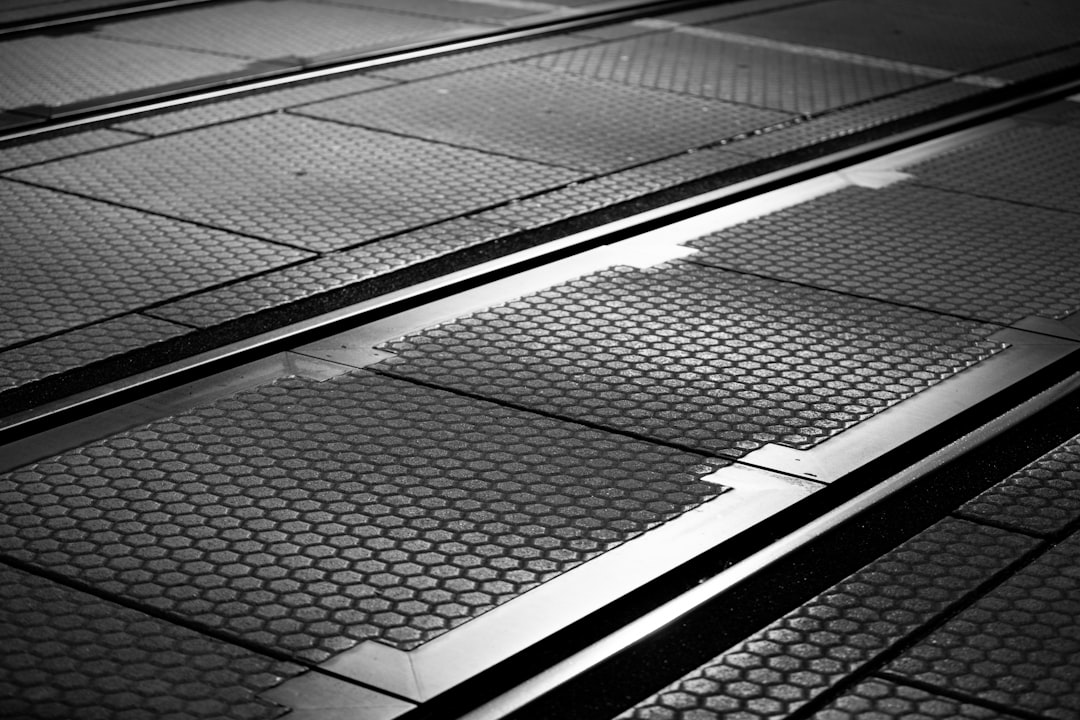
Boston’s historic architecture and unforgiving winters call for a heating solution that is both powerful and discreet. Radiant floor heating delivers even warmth from the ground up, eliminating cold spots and noisy vents. CountBricks proudly designs and installs cutting-edge radiant floor heating Boston residents rely on for comfort, energy savings and long-term value.
Radiant systems circulate heat beneath finished flooring, transferring warmth directly into the living space rather than wasting energy through air ducts.
• Hydronic: Warm water circulates through flexible PEX tubing tied into a high-efficiency boiler or heat pump. Ideal for whole-house coverage and new additions.
• Electric: Cables or mats installed under tile or engineered wood. Perfect for targeted spaces such as bathrooms or kitchens when a boiler is not available.
Greater Boston averages 53 inches of snowfall per year, driving demand for dependable heating. CountBricks engineers size coils and loops to meet Massachusetts energy codes while maximising comfort. Because radiant runs at lower water temperatures than baseboard, homeowners often see 15-30 % utility savings.
Utility-sponsored rebates for high-efficiency boilers, smart thermostats and advanced controls can offset upfront costs. CountBricks tracks every incentive and automatically applies them inside your AI-generated estimate.
1. Speak naturally: Using our mobile app, describe room sizes, finish floors and preferred heat source.
2. Instant takeoff: CountBricks AI scans blueprints or sketches, measuring square footage and joist spacing.
3. Real-time pricing: Live material databases produce an itemised quote—tubing, manifolds, boilers, labor and timeline—in under five minutes.
• Subfloor preparation and insulation placement
• PEX tubing layout secured with staples or tracks
• Pressure testing and manifold balancing
• Lightweight concrete pour or self-levelling compound
• Flooring installation and smart thermostat setup
A compact 100 ft² bathroom averages $2,400-$3,200 installed, while a 2,000 ft² townhouse retrofit ranges from $19,000-$27,000. CountBricks quotes update live as you adjust room dimensions or material grades.
• PEX-A tubing vs. PEX-B
• Oxygen-barrier vs. standard pipe
• Embedded slab vs. under-joist plates
Our database shows cost differentials instantly, allowing homeowners to balance budget and performance.
• Will radiant heat work with hardwood? Yes—CountBricks specifies low-moisture engineered planks to prevent cupping.
• How long does installation take? A two-story residence usually completes in 7-10 working days.
• Can I zone each room? Absolutely. Our manifolds allow individual thermostat control for up to 12 zones.
Ready to step onto consistently warm floors? Schedule a free voice consultation at CountBricks.com/consultation. Our team will transform your wish list into a precise, code-compliant plan—backed by transparent pricing and guaranteed timelines.

A 19th-century brownstone on Appleton Street suffered from drafty baseboards and uneven temperatures. The homeowners wanted invisible heat that respected historic millwork while delivering modern comfort.
• AI blueprint takeoff measured 1,650 ft² across three levels in under 90 seconds
• Hydronic PEX-A system paired with a 96 % AFUE condensing boiler
• Five zones—including a glass-roofed breakfast nook—each controlled by Wi-Fi thermostats
1. Crews routed tubing in under-joist aluminum plates to preserve original heart-pine flooring.
2. Sound-dampening insulation reduced impact noise common in row houses.
3. Final pressure test passed at 100 psi, ensuring leak-free operation.
• 28 % reduction in annual heating cost compared to the previous season
• Floor surface temperatures now average a comfortable 79 °F even during a 10 °F cold snap
• Zero visible radiators, freeing up 24 ft of wall space for custom built-ins
• Consult CountBricks.com/services early to confirm subfloor height—radiant slabs add ⅜-1 inch.
• Combine radiant with smart zoning; bedroom set-backs of 4 °F can save up to 10 % on energy.
• Schedule tubing pressure tests before closing ceilings to prevent costly re-opens.
CountBricks leverages voice-driven estimating, live material prices and dedicated crews to make radiant floor heating Boston installations seamless—from Beacon Hill to Dorchester. Speak with our experts today and bring quiet, even warmth to your home.